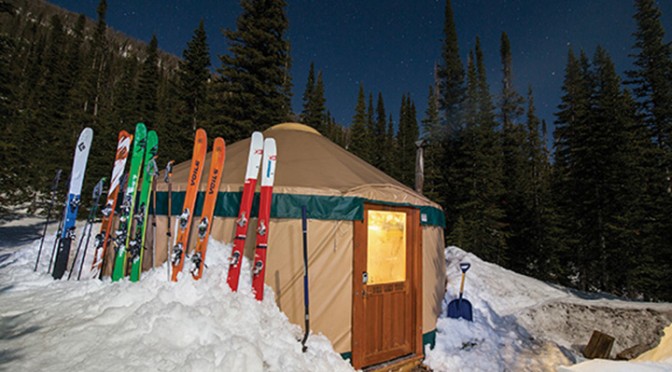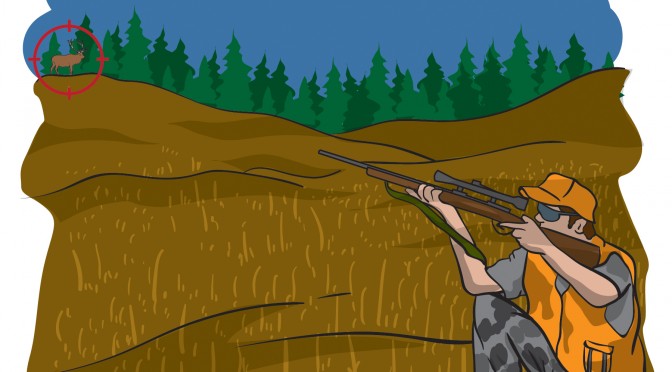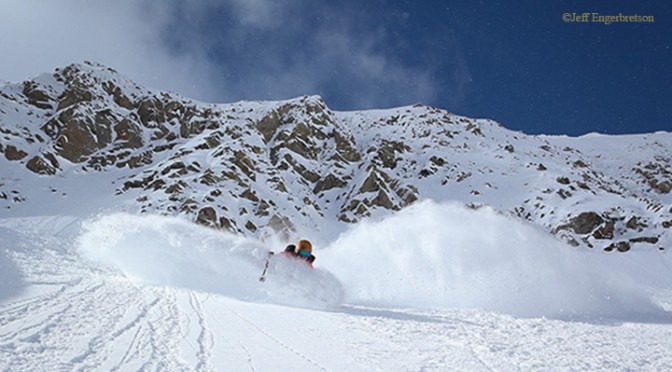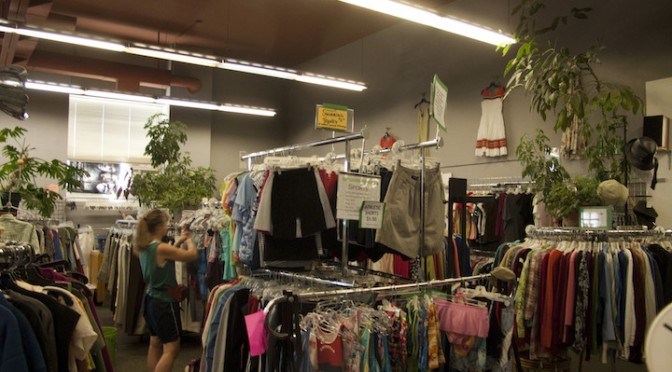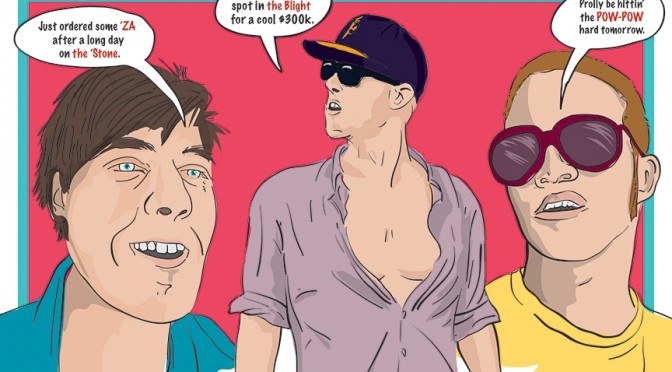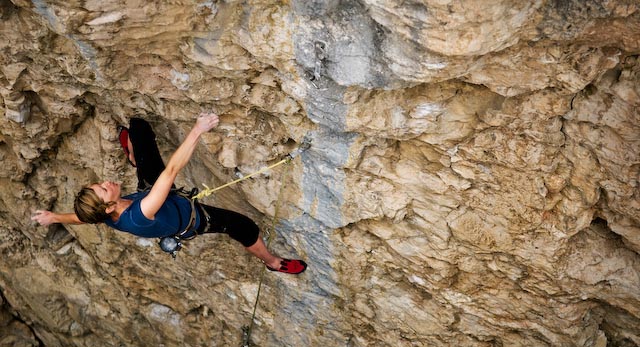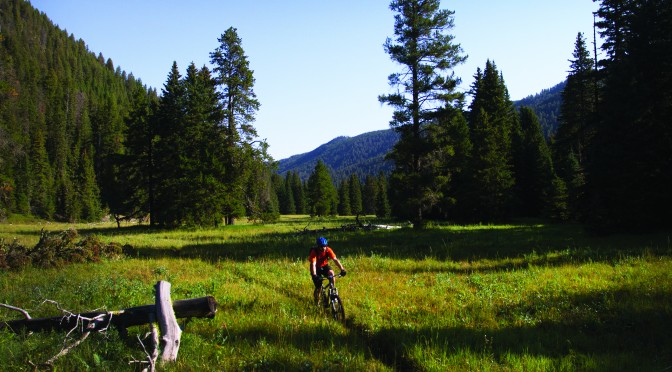Discounted duds and outdoor gear mapped out.
by the editors
Eight hundred dollars for skis. Five hundred for a fly rod. Who knows how many thousands for a mountain bike. Bottom line, gear is expensive. But it doesn’t have to be. There are ways to get discounted new items, and used stuff downright cheap. Here are a few places to look.
Gear Swaps
There are three major swaps every year in Bozeman. The Gallatin Valley Bike Club hosts a swap in April, so instead of shelling out a year’s worth of food money for a new ride, pick up a discounted one there. If you like to run rivers, the Barn’s boat swap mid-spring is a great way to cut costs. Check them out on Facebook for details. In the winter, the Bridger Ski Foundation coordinates a massive ski swap at the fairgrounds. It’s the perfect place to pick up solid alpine or Nordic equipment, or even a lightly-used touring setup for backcountry adventures.
Major Sales
Bozeman is flush with great gear stores, but prices aren’t exactly cheap—except for two weekends a year, one in the summer and one in the winter. Crazy Days, as these weekends are known, see sales up to 50% off up and down Main Street and at surrounding retailers. Check out downtownbozeman.org for this year’s dates.
Bob Ward’s and Sportsman’s Warehouse both have occasional sales; check their Facebook pages and look for newspaper ads. If you’re an REI member, the Bozeman location has periodic co-op sales that open early to members.
Resale Stores
While it’s sad to see, lots of folks ’round these parts take up an activity, only to quit and move on to another on a whim. That means there’s lots of lightly-used gear at resale stores. Second Wind and Play it Again have the biggest selection and best quality, but Nu2u and some of the pawn shops on N. 7th also boast a strong inventory. Even some of the fashion boutiques, like ReCoutre, Sacks, and Cat Walk have apparel and outerwear worth checking out.
Rentals
One of the best ways we’ve found to save money and still get after it is by renting. The ASMSU Outdoor Center has great deals for students, but Chalet Sports, Round House, and other local shops also provide rentals, and their fleets are often higher quality. Also, look for free demo days at places like Owenhouse and Gear Wizard. It’s nice to know how a $4,000 bike rides before buying it.



